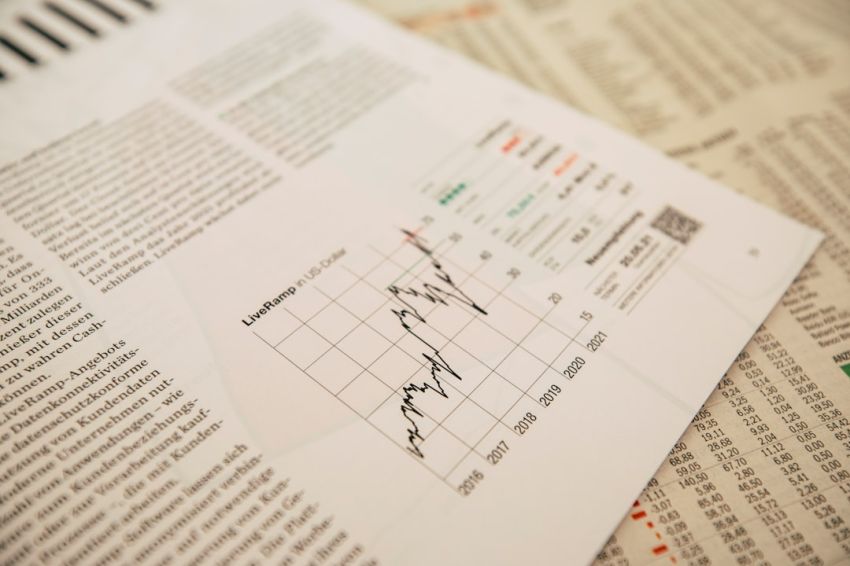Commodities are essential goods or raw materials that are interchangeable with other goods of the same type. They are traded on commodities exchanges and are typically used in the production of other goods or services. Understanding the main types of commodities is crucial for investors, traders, and anyone interested in the global economy. Let’s explore the different categories of commodities and their unique characteristics.
Agricultural Commodities
Agricultural commodities are products that are grown or produced on farms. This category includes staples such as corn, wheat, soybeans, coffee, sugar, and cotton. Agricultural commodities are influenced by factors such as weather conditions, crop yields, and demand-supply dynamics. These commodities are often subject to price fluctuations due to factors like droughts, floods, and geopolitical events. Investors often use agricultural commodities as a hedge against inflation or to diversify their portfolios.
Energy Commodities
Energy commodities are resources that are used to generate power, heat, and fuel. This category includes crude oil, natural gas, coal, and gasoline. Energy commodities play a crucial role in the global economy and are heavily influenced by geopolitical events, supply disruptions, and changes in demand. Crude oil, in particular, is one of the most actively traded commodities in the world, with prices fluctuating based on factors such as OPEC decisions, global economic conditions, and production levels.
Metals Commodities
Metals commodities include precious metals such as gold, silver, and platinum, as well as industrial metals like copper, aluminum, and zinc. Precious metals are often seen as safe-haven assets during times of economic uncertainty, while industrial metals are essential for manufacturing and construction. Prices of metals commodities are influenced by factors such as global economic growth, currency fluctuations, and supply-demand dynamics. Investors often turn to metals commodities as a way to diversify their portfolios and protect against market volatility.
Livestock Commodities
Livestock commodities consist of animals raised for food production, such as cattle, hogs, and poultry. These commodities are influenced by factors such as feed prices, disease outbreaks, and consumer preferences. Livestock prices can be volatile, with factors like weather conditions and government regulations affecting supply and demand. Investors interested in livestock commodities need to closely monitor market trends and developments to make informed decisions.
Soft Commodities
Soft commodities are products that are grown rather than mined or extracted. This category includes items like cocoa, coffee, sugar, and orange juice. Soft commodities are heavily influenced by factors such as weather conditions, pests, and disease outbreaks. Prices of soft commodities can be volatile, with factors like crop yields and global demand impacting market dynamics. Investors looking to diversify their portfolios often turn to soft commodities as a way to hedge against inflation and economic uncertainty.
Conclusion: Diversifying Your Portfolio with Commodities
Understanding the main types of commodities and their unique characteristics is essential for investors looking to diversify their portfolios and manage risk. By including commodities in their investment strategy, investors can hedge against inflation, reduce volatility, and take advantage of opportunities in global markets. Whether it’s agricultural commodities, energy commodities, metals commodities, livestock commodities, or soft commodities, each category offers distinct benefits and challenges. By staying informed and monitoring market trends, investors can make informed decisions and potentially enhance their overall returns.










